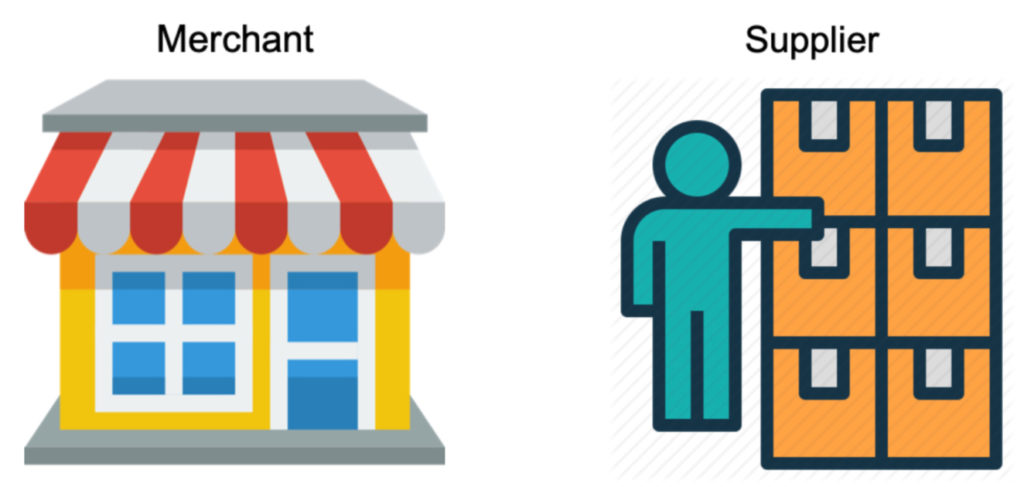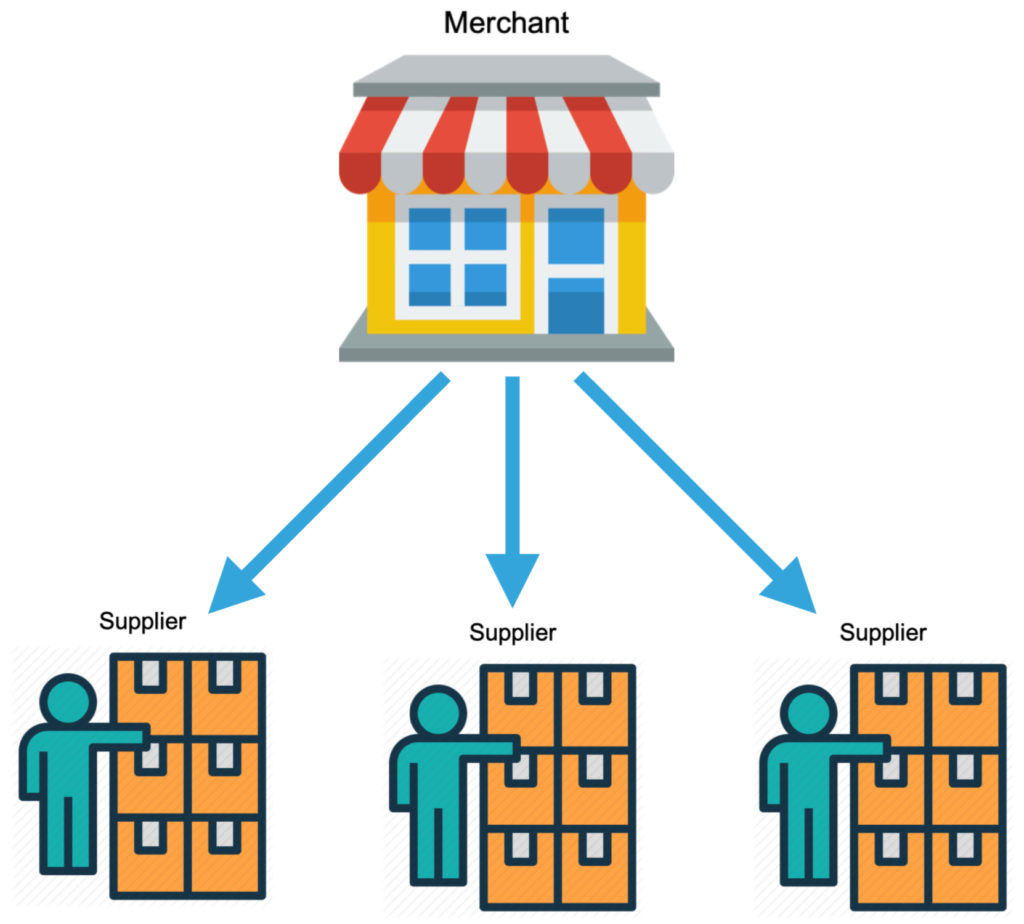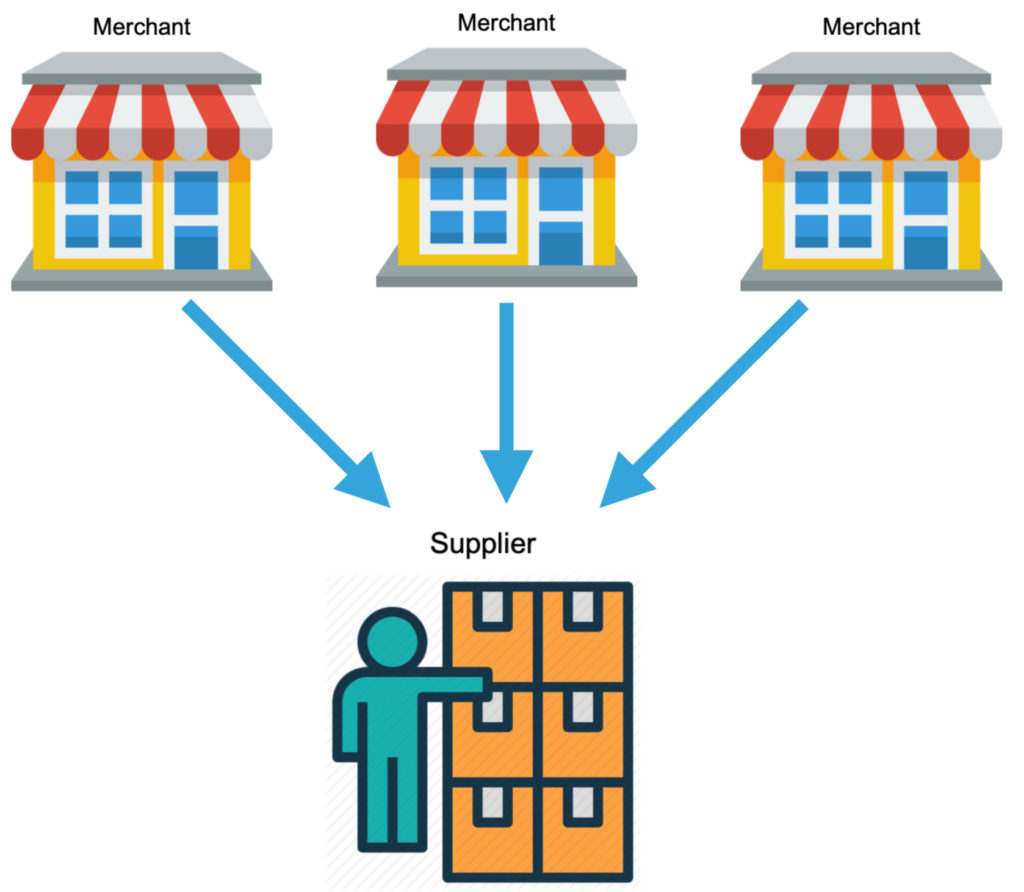With Ordoro’s powerful dropshipping workflow, users route orders to their suppliers quickly and effectively. In over a decade of supporting clients, we heard of other challenges, such as getting tracking numbers from suppliers and staying updated on stock levels. To conquer these obstacles head-on, we proudly present Vendor Portals!
Vendor Portals bridge the gap between when the order is sent to your supplier and when they ship it. There’s also better visibility into your suppliers’ inventory. See below for more details.
Notes:
- To have your account set up for Vendor Portals, please contact support@ordoro.com so we can assist.
- The Vendor Portal module gives you access to this feature and may include a setup and ongoing maintenance fee.
Topics
- Vendor Portal terminology
- Merchant or Supplier Portal scenarios
- Shipping-only workflow
- Shipping + Inventory workflow
Vendor Portal terminology
For Vendor Portals, you’ll need two Ordoro accounts.
- Merchant: Account that imports orders from the sales channel(s)
- Supplier: Account where shipping labels/tracking numbers are made
In this article, we’ll use these icons to represent the Merchant and Supplier.

Merchant or Supplier Portal scenarios
If you’re using Ordoro, you may be the Merchant or the Supplier.
Merchant scenario: If you’re the Merchant, you may sell items from multiple Suppliers on your website. You need to route the orders to the correct Suppliers and receive tracking back.

Supplier scenario: If you’re the Supplier, multiple Merchants may sell your items and need a streamlined order routing system. You also need to send the Merchant’s tracking numbers once an order has shipped.

Shipping-only workflow
Here’s how orders are handled in the shipping-only workflow. There is an option to sync inventory as well. See the next section for this information.
- Order is placed on the Merchant’s website.
- Order imports into Ordoro.
- This happens if Ordoro can connect to the Merchant’s website.
- See the sales channels we support here.
- In Ordoro, the order is dropshipped to the Supplier.
- This can be done automatically or manually.
- How to manually dropship an order.
- How to automatically dropship an order.
- Only the items assigned to the Supplier will pass to the Supplier Vendor Portal.
- Within an hour, the order is created in the Supplier’s Vendor Portal.
- The merchant account syncs with the supplier once an hour by default, but this can be changed to a more frequent interval. Email support@ordoro.com for more info.
- The merchant account syncs with the supplier once an hour by default, but this can be changed to a more frequent interval. Email support@ordoro.com for more info.
- The Supplier creates a shipping label / enters a tracking number for the order in their Ordoro account.
- Tracking information is then transferred back to the merchant account from the supplier instantly.
- Once tracking is posted in the Merchant’s account, Ordoro will automatically send the tracking to their website and mark the order as shipped. Ta-da!
Shipping + Inventory workflow
This workflow gives Suppliers the ability to share their inventory quantities with Merchants. Merchants can sync these quantities with their sales channels. Then, their customers see an accurate quantity available for purchase.
- In the Merchant account, we’ll create a warehouse using the Supplier’s name. This is where the Supplier’s inventory will be saved.
- The Merchant will then assign a product to dropship from the Supplier. This creates a corresponding product in the Supplier account. The Supplier will update inventory quantities here.
- In the Supplier account, when inventory is updated, the product will move to the Needs Sync filter.
- Once an hour, Ordoro will write the Supplier’s Available On Hand quantity to the Merchant’s Physical On Hand quantity.
- Not sure what these inventory terms mean? See this help article.
See our additional Vendor Portal articles for more details on each of these workflows!
